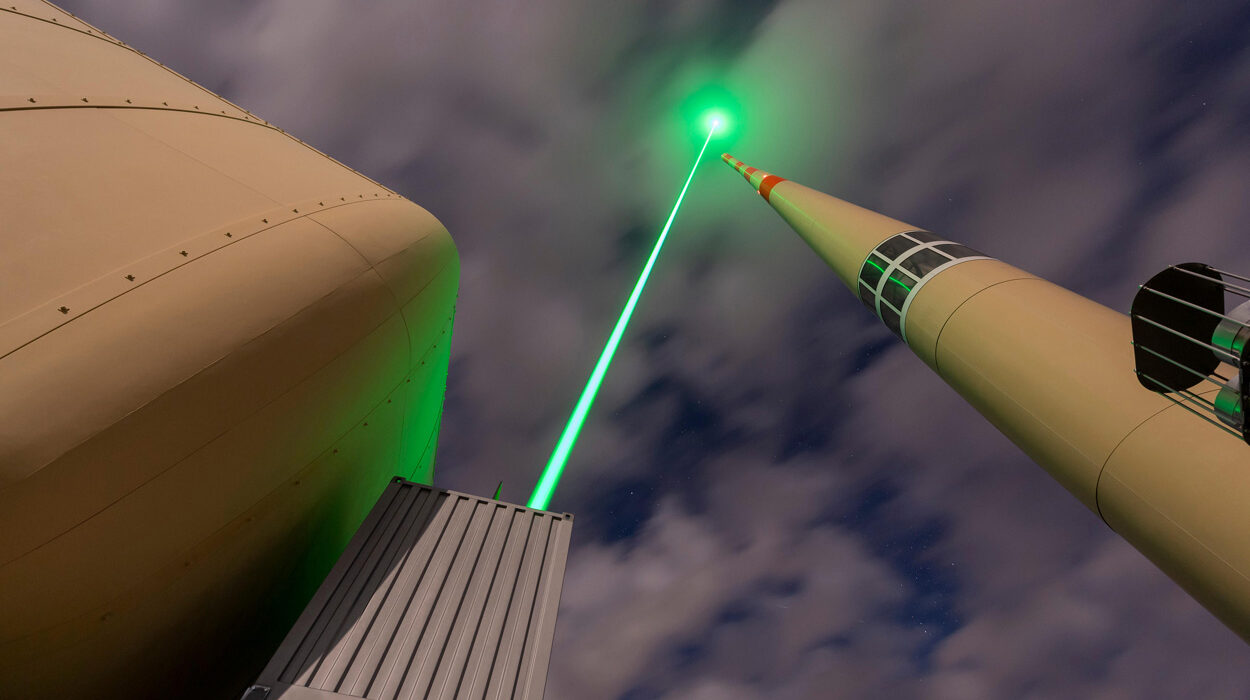Since Benjamin Franklin’s time, lightning rods have been used to securely direct strikes into the ground, but due to their limited range (about the same radius as the height) and fixed-in-place construction, they are inefficient for securing broad regions. A system using a powerful laser that could revolutionize lightning protection is currently being developed by scientists to improve on that 18th-century idea. Researchers claimed that they had been successful in deflecting lightning strikes using a laser pointed towards the sky from Mount Santis in northeastern Switzerland.
The equipment was brought to the mountaintop at a height of around 8,200 feet (2,500 meters) and focused on the sky above a 400-foot-tall (124-meter-tall) transmission tower owned by Swisscom SCMN.S, one of Europe’s most afflicted by lightning.
Intense laser pulses that were emitted 1,000 times per second during two months of testing in 2021 were used to reroute lightning strikes. Nitrogen and oxygen molecules are ionized by the design, which liberates electrons and generates a plasma that conducts electricity. While the system was running, all four strikes were successfully deflected. In the first incident, the researchers observed the lightning’s path being diverted by more than 160 feet (50 meters) using two high-speed cameras. Three additional were documented using different data.

For years, scientists have been investigating laser lightning guides. Experiments, however, have generally been restricted to considerably shorter ranges and rather slow pulses, which increased the likelihood of missing illumination as it created. The project’s co-leader, Dr. Aurélien Houard, said that this laser produced 100 times more pulses per second than earlier attempts.
It could be a long time before lasers are utilized for anything other than tests. The approximate cost of this experiment is $2.17 billion. The discoverers also intend to greatly increase the range, so that a 33-foot rod (10 meters) would effectively cover 1,640 feet (500 meters).
This Laser Lightning Rod might protect vital infrastructure, such as power plants, airports, wind farms, and launch pads, with further development. Each year, lightning kills thousands of people while causing billions of dollars in damage to buildings, communications systems, power lines, and electrical equipment.





